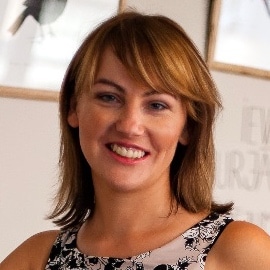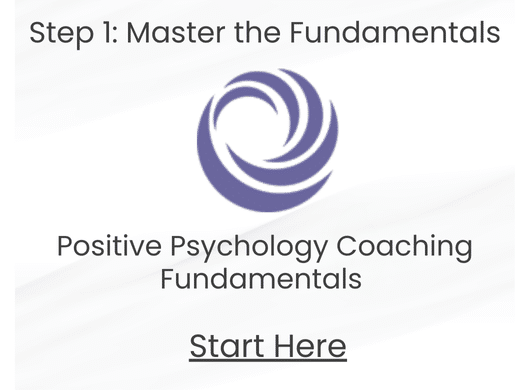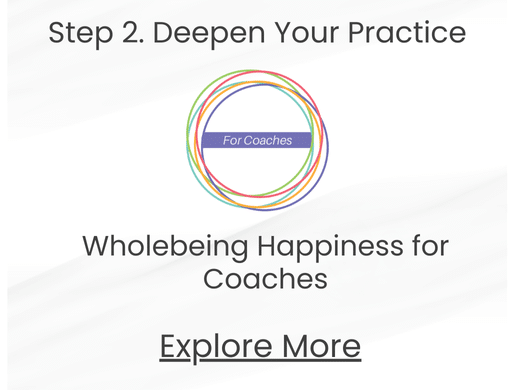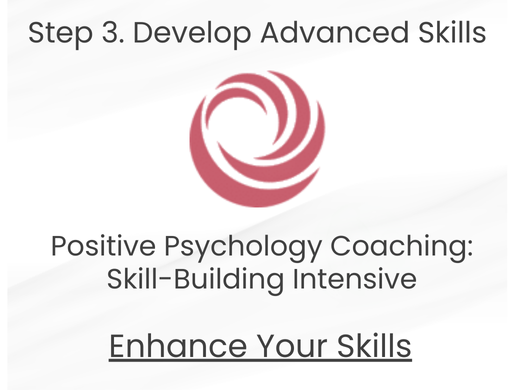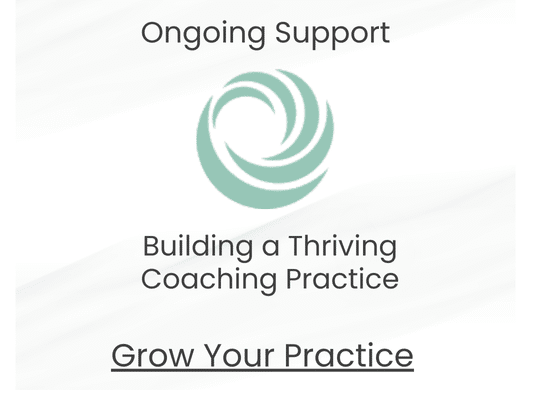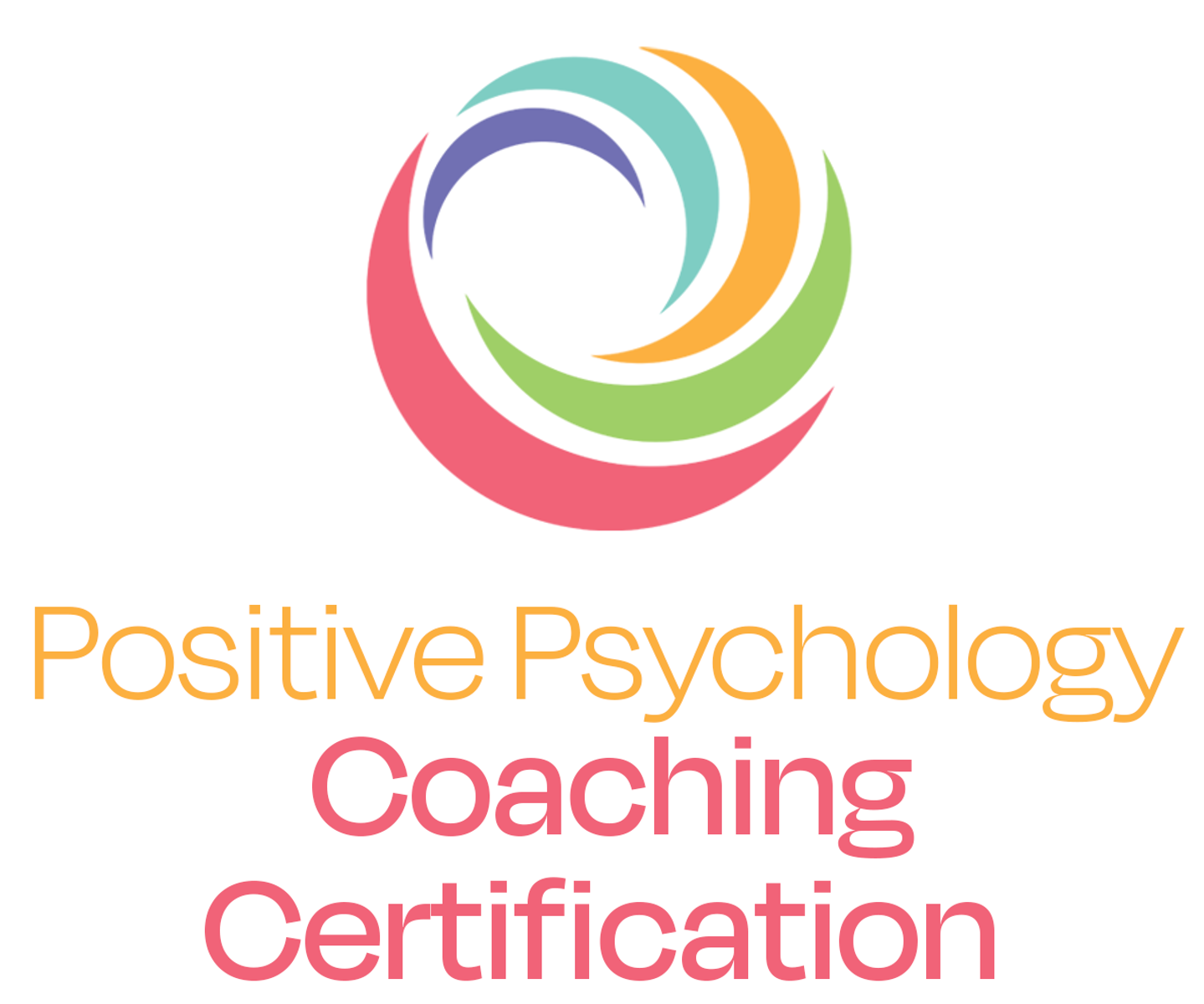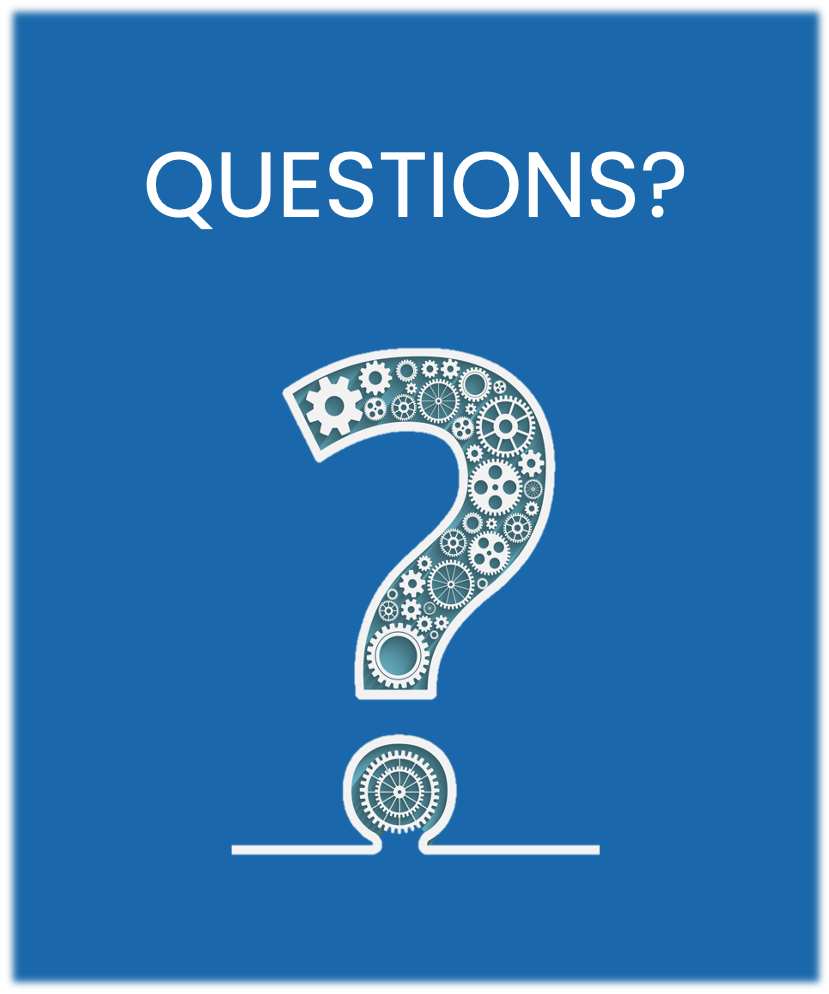by Anda Klavina
Ryan Niemiec, WBI faculty and VIA Institute’s education director, says that, out of the 70 exercises in his book Character Strengths Interventions: A Field Guide for Practitioners, the one that creates the biggest “wow” effect in his seminars around the globe is an exercise called Subtract Signature Strength.
The participant is asked to imagine not being allowed to use their signature strength for a month. “Say, for instance, your signature strength is curiosity and, for the next month, you are not allowed to search for any new information on the web,” Ryan explains in an interview with coach Michelle McQuaid. “Basically, you are not allowed to have any new experiences. What would your life be like? What it would feel like in your body, in your mind?” He then goes on to share that, in more than 95 percent of cases, the reaction is along the lines of, “I felt so depressed,” “I wasn’t myself,” “I felt miserable.” He concludes that this simple exercise shows how essential our core quality is to our identity.
There was a time in my life when I removed myself from my signature strength of Appreciating Beauty and Excellence. After more than 10 intensive years in the world of art criticism, I felt burned out and disillusioned with the art scene. I was tired of dealing with artists’ insatiable egocentricity. I longed for a true sense of community, for mutual support, for kindness, for… love. Yes, my second top strength, Love, was not sufficiently cared for.
Not long after, I met a director of a prominent business school at one of my art events. She was impressed with my communication style and invited me to attend one of their events. I was touched by the attentive and kind attitudes I found there—finally, there was someone interested in me, too! They asked me to work for them, and I went home and cried tears of appreciation. This was what I had been longing for.
The new job presented ample opportunities to express and satisfy my strengths of Curiosity, Zest, and Hope. There were so many things to explore, to learn, to master. I invested myself completely. And all my efforts were met with the appreciation and comradeship of my new colleagues. The new environment was so different from where I had come from, though—so much so that it felt easier to detach from my previous world rather than to build a bridge between the two.
I rarely mentioned my previous work to my new colleagues. I stopped attending art events and saw my art-scene friends less and less; when I accidentally met one on the street, it felt as if we are worlds appart. My coach encouraged me not to remove myself completely from the art world, telling me, “There are some contributions only you can make,” but I didn’t follow her suggestion. Instead, I donoted most of my art books to the local library. To highlight my new identity, I cut my hair short and died it almost white. I remember one of the few art-scene friends I stayed in contact with saying, “You look so … (after a very long pause) different.”
Meanwhile, I was succeeding at the business school. My unorthodox approach was fresh and, as it turned out, just what clients were interested in. So I immersed myself even more in my job. I willingly spent long hours and worked many weekends. I barely saw my family or friends. I was always busy.
Then, at one point, the initial enthusiasm and zest began to turn into stress and emptiness. Even my achievements were not enough to fill the void. A few more attentive colleagues and friends noticed and kindly pointed it out to me. I was annoyed when one asked me, “What’s your hobby? What do you like to do besides your job?” I was annoyed because I couldn’t name anything. Nothing really inspired and excited me, which was why meetups with friends had become rare. I had lost who I was.
Sensing my growing desperation, another friend started to invite me out more—for a coffee, lunch, or to check out a new restaurant in my area. Once she called me on a workday in summer to suggest a quick sunbathe at the beach during lunch.
“No I can’t,” I replied. “I have to work.”
“No one will notice if you’re back a little late,” she urged. “Come on, it’s summer!”
So we went. What a delight it was to lie on the sand under the warm midday sun. The colors, the refreshing breeze, the love of my friend. I was feeling happy for the first time in a very long time. And, that afternoon, my work was much more inspired.
Not long after, I started my own company and was now able to manage my time. I often accompanied my sister on her business trips across the country, mostly because it gave me an opportunity to see the beautiful landscape of Latvia and discover new places on our way. I felt such hunger for the beauty of nature, of colors and sunshine. I appreciated every tiny bit of beauty I could get. My soul was recovering from a period of deprivation.
Then, one day, while waiting for a friend on the terrace of a café, I noticed a couple of artists I knew. It had been years, but they greeted me as if they were old family friends. “Where were you? We were wondering …”
After that day, I started to notice artists again, gradually. I met them on the street, in the café, near my house. Very slowly, I was begining to allow beauty and art back into my life. I spent time regularly in nature, even if it was just a walk around my neighborhood in the evening. I took the advice, long given to me by my coach, to take photographs—something I have loved doing ever since I can remember, but had given up. I began to attend a few select art shows, and to open some of the art books I had kept.
Working in the business world had allowed me to see my talents in a new perspective. I found a way to renew my professional involvement in art by organizing art tours for clients. The intimate format satisfies my need for personal interaction and allows time to really enjoy the art.
Not only has my joy for life returned, but my identity has become clear: I am a lover of beauty at heart, and I must insert an element of beauty in everything I do. Surprisingly, my business clients particularly appreciate this. One of them told me during a visit to the Art Basel fair, “Anda, you are Tarkovsky’s Stalker,” referring to the Andrei Tarkovsky film in which the “stalker” is a professional guide taking his clients into a mysterious world in search of inspiration. “You connect worlds!”
After giving it up once, I will never say no to beauty again.
Anda Klavina is a positive psychology practicioner and art consultant operating in Riga, Monte-Carlo, Basel, and around the globe. leaderswithguts.lv.


